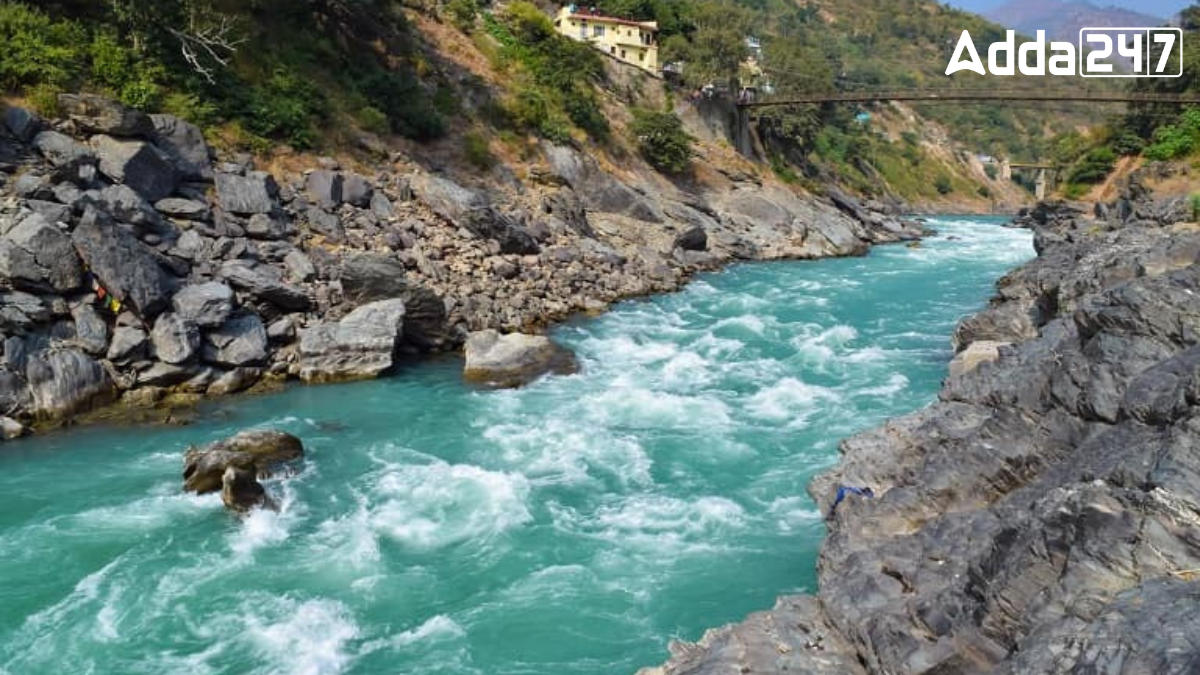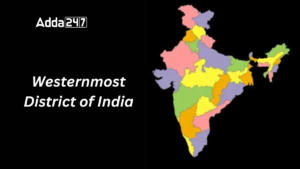The Luni River, often referred to as Lavanavati, holds the unique distinction of being the only river in India that flows into the inland basin. Originating from the Anasagar lake near Ajmer in the Aravalli Mountains, it traverses a significant portion of Rajasthan before emptying into the Rann of Kutch in Gujarat. Here is an in-depth look at the Luni River, its origins, path, tributaries, and significance.
Origin and Course of Luni River
The Luni River begins its journey in the western slopes of the Nag Hill in the Aravalli range, near Ajmer, Rajasthan. At its point of origin, it is known as the Sabarmati. The river flows southwest, traversing the plains and entering the Thar Desert, eventually meeting the Rann of Kutch. This journey covers a total length of approximately 495 kilometers.
Length of the Luni River
The Luni River spans approximately 495 kilometers, originating from the Anasagar lake near Ajmer in Rajasthan and flowing southwest through several districts, including Ajmer, Nagaur, Pali, Jodhpur, and Jalore. It eventually enters the Kutch district of Gujarat and terminates in the Rann of Kutch. The river’s journey highlights its importance in the arid regions of Rajasthan.
Path and Flow of Luni River
Flowing through the southwestern region of Rajasthan, the Luni River passes through several districts:
- Ajmer
- Nagaur
- Pali
- Jodhpur
- Jalore
The river then crosses into the Kutch district of Gujarat, culminating its journey in the saline expanses of the Rann of Kutch. Notably, the river’s water remains sweet up to Balotra in the Barmer district, after which it becomes increasingly saline, a feature that has influenced its name, derived from the Sanskrit word ‘Lavanagiri’ meaning ‘salty river’.
Drainage Area of the Luni River
The Luni River is a seasonal river, primarily dependent on monsoon rains. It drains an area of approximately 34,866.40 square kilometers, predominantly from the southwest slopes of the Aravalli range. The river’s basin covers an area of 69,302.10 square kilometers across 11 districts, with Barmer district having the largest catchment area. The river’s tendency to widen its course rather than deepen it, particularly in Jodhpur and Barmer, often results in significant flooding during the rainy season.
Tributaries of the Luni River
Several tributaries feed into the Luni River, each contributing to its flow. Major tributaries include:
- Jawai River: Originates from the hills of Goria village in the Pali district and flows through Pali and Jalore, joining the Luni near Sayla village. The Jawai Dam, located near Sumerpur in Pali, harnesses its waters.
- Khari River: Begins in the hills of Shergaon in the Sirohi district, flowing through Sirohi and Jalore districts.
- Sukri River: Originates in Pali district and flows through Pali, Jalore, and Barmer, joining the Luni in the village of Bankai.
- Bandi River: Rises in Hemavas in Pali district and meets the Luni at Lakhar village on the Pali-Jodhpur border.
- Sagi River: Originates from the hills of Jaswantpura in Jalore, flowing through Jalore and Barmer districts, and joins the Luni near Gandhav village.
- Guhia River: Joins Bandi near Fekaria village in Pali district.
- Midi River: Formed by several drains from the Aravalli in northwest Pali, flowing through Pali and Jalore.
- Jojdi River: The only tributary originating outside the Aravalli, it begins in Nagaur and joins the Luni on the right side.
Significance of the Luni River
The Luni River is a vital lifeline for the region it traverses, providing essential irrigation to the arid lands of Rajasthan. Despite its salinity, it supports agriculture and human settlements, particularly in areas where its waters are less saline. The city of Balotra in Barmer district is a significant urban center located along its banks.



 Which is the Westernmost District of Ind...
Which is the Westernmost District of Ind...
 Which Indian City is Known as "City of F...
Which Indian City is Known as "City of F...
 Most Silver Producing State in India
Most Silver Producing State in India
